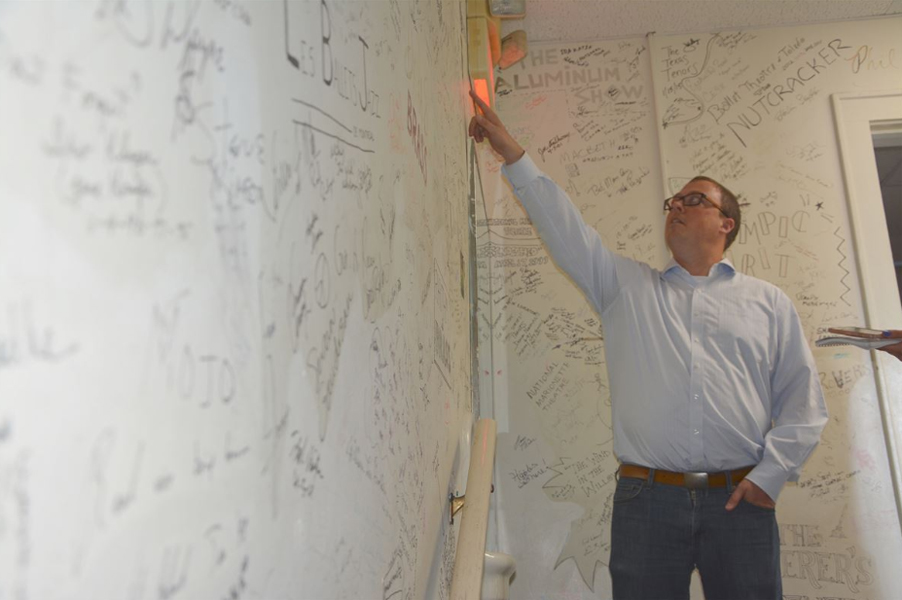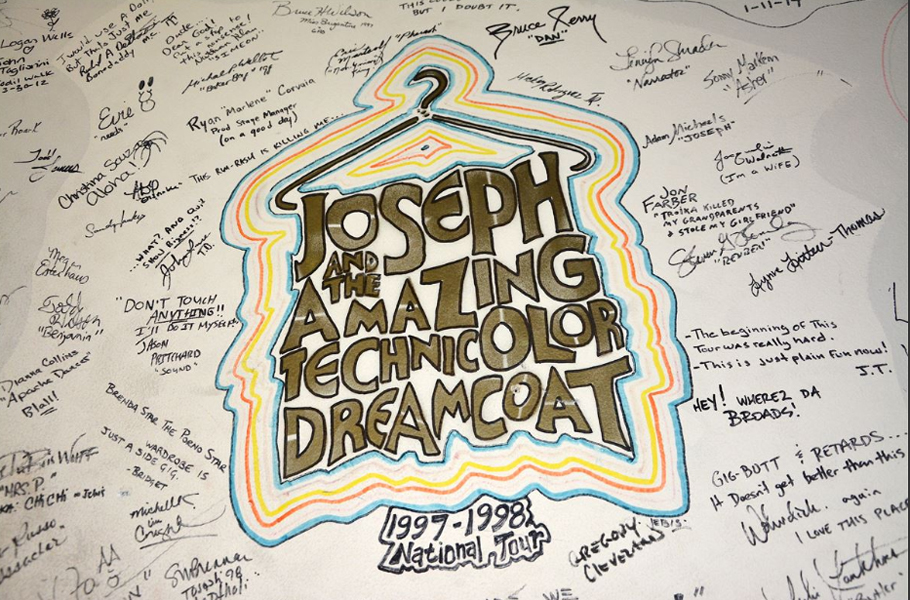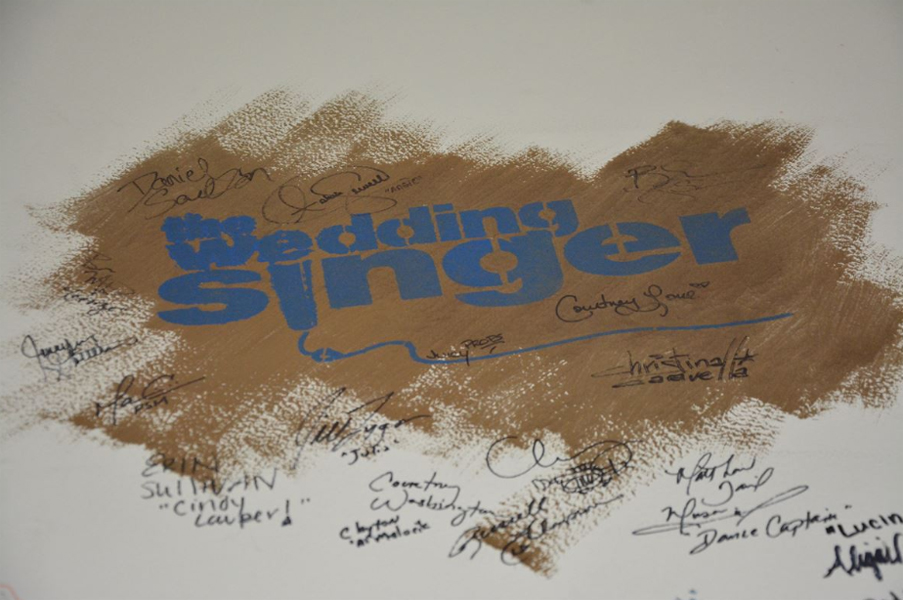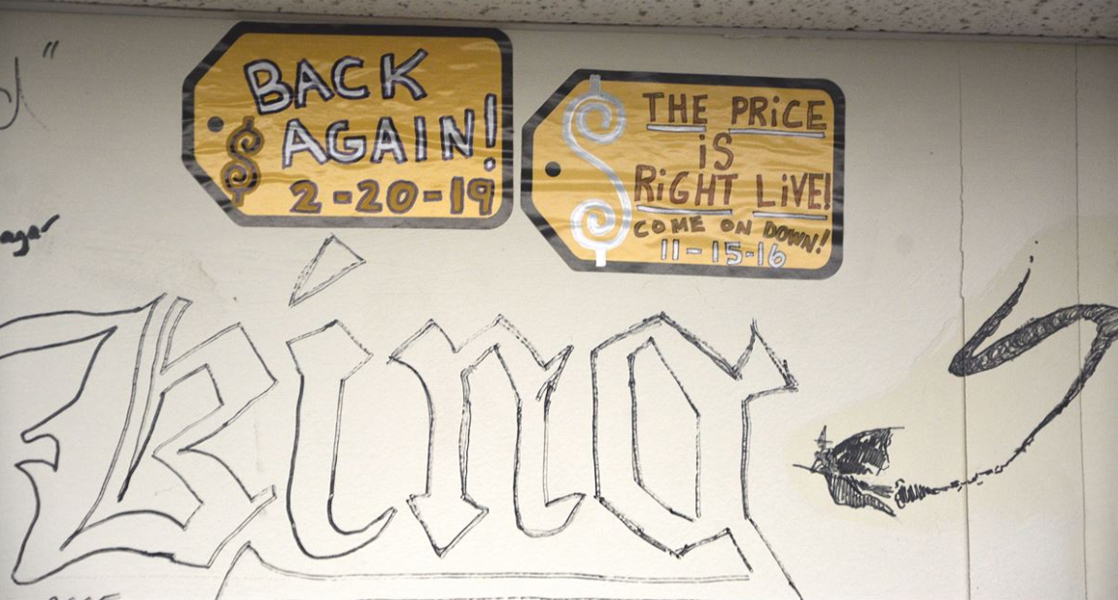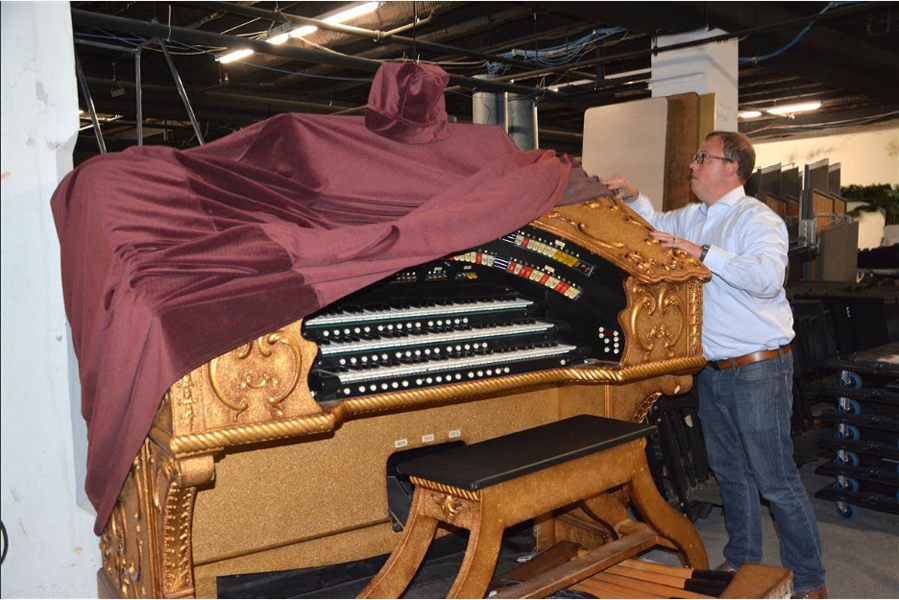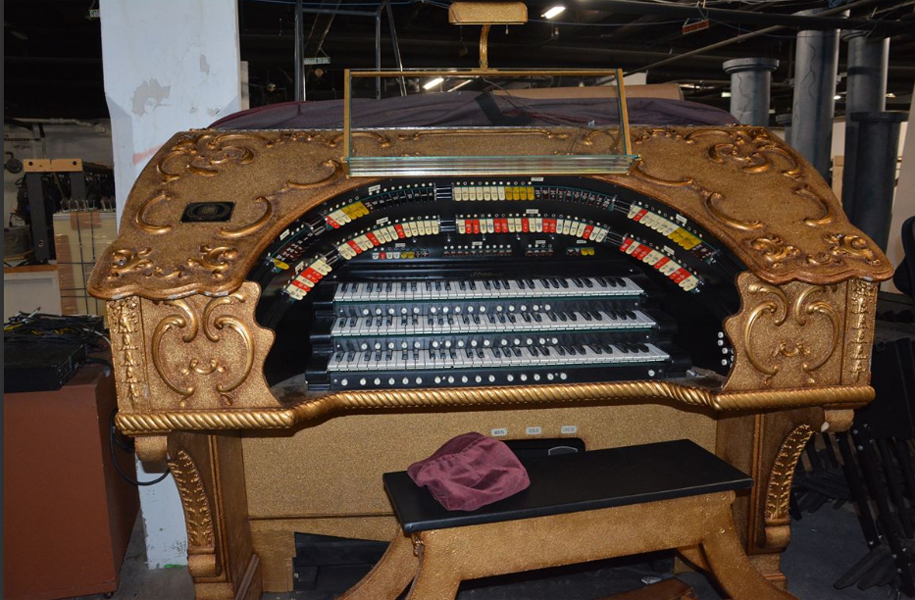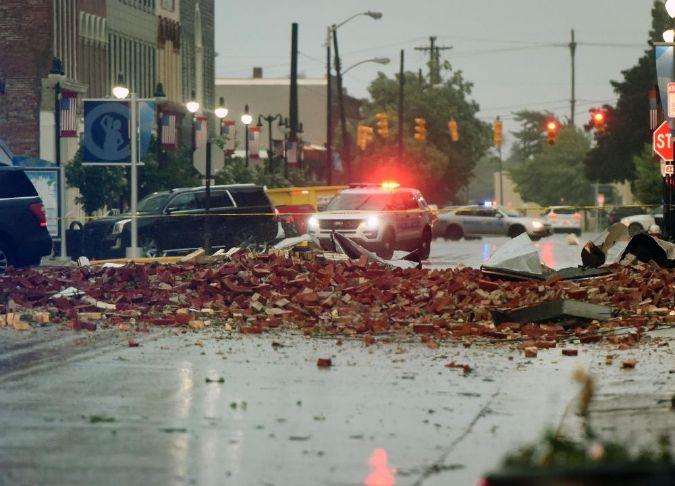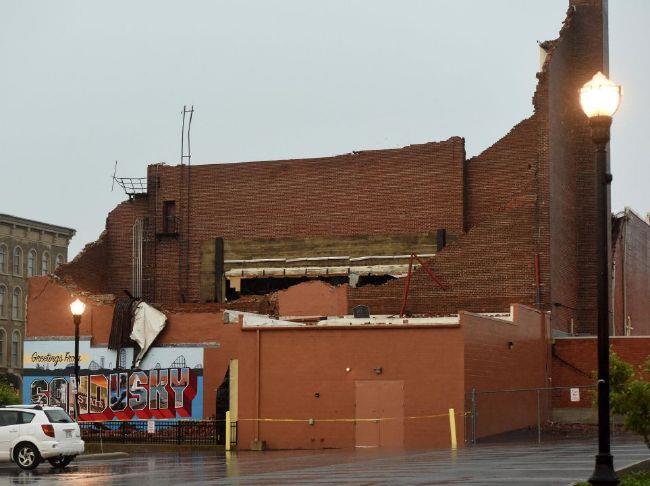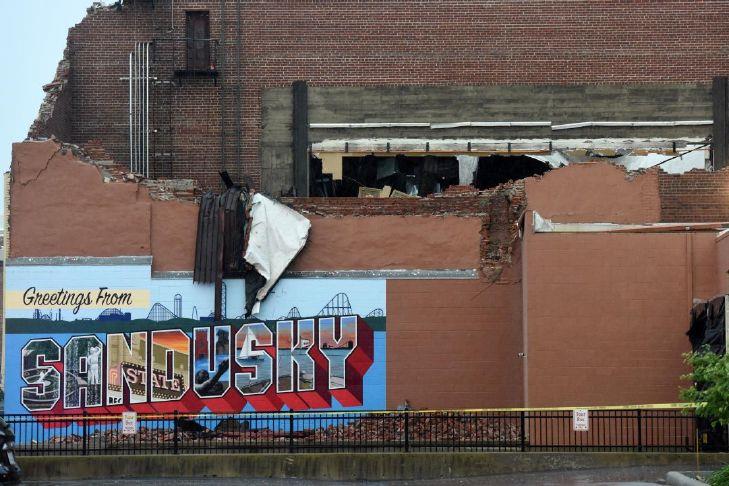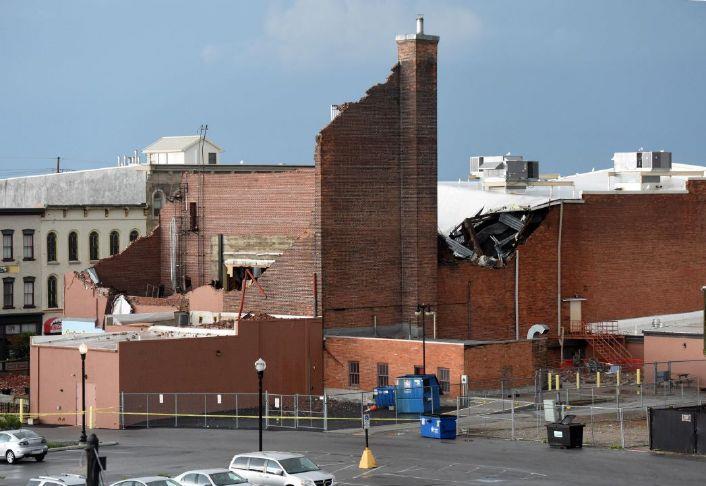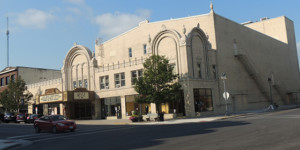
STATE THEATER
In 1928, William Seitz opened the State Theater motion picture house on the site of the old West House Hotel. The theater had more than a stage and curtains in its lower level. The complex opened with a bar, barbershop and 13 bowling lanes. Local boys were employed as pin-setters. In fact, there is still a bowling alley in the theater’s basement (according to a 2003 article) with Brunswick ball return machines. The stage was larger than most vaudeville stages to accommodate larger shows. Although ‘talkies’ (movies with sound) were then a new form of entertainment, there was a 12 x 23 ft. projection room.

This photo was taken in the 1970-80s and shows the theatre before its restoration in the early 1990s. the marquee dates back to the 1950s and was removed during the restoration. You can see how the building’s age was affecting the exterior.
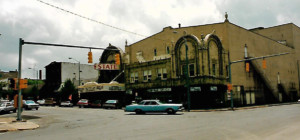
Seitz initially leased the theater to J. Meyer Schine of New York State and The Schine Theatre officially opened on October 11, 1928. “The Night Watch” starring Billie Dove was the film to see.
The balcony is supported by an 88 ft. horizontal concrete beam, meaning there are no load-bearing pillars to block views on the floor.

The theater is located in the upper left corner of the photo. The perfect spot to attract visitors arriving on the Lake Erie steamboats or by train, as it was just a short walk from either. signs along the left side of the street feature: Sweaters, Rosino, Restaurant, Dentist, Drugs and at the end – Warners State. The Cooke building (on the right) had a dining room.
In September 1930 The Schine Theatre was taken over by Warner Bros. Circuit Management Corp. Later in 1933, it was operated by Seitz Theatre Company as the family took over management. The Theatre fell into despair in the 60’s and 70’s and with the advent of malls and decline of business the motion picture theater closed in the 1980s.
In 1987, two local women, Marie Hildebrandt and Marlene Boas, started an effort to preserve the State Theater. Local banks and philanthropist Ruth Parker provided the necessary funding and the theater was preserved for the community.
 The Sandusky State Theatre was placed on the National Register of Historic Places in 1988. In June 1990, The Sandusky State Theatre went through its biggest renovation.
The Sandusky State Theatre was placed on the National Register of Historic Places in 1988. In June 1990, The Sandusky State Theatre went through its biggest renovation.
Here is a great article from October 2019 about the State Theatre that includes a glimpse into its history of performers (that famous signature wall) and the truly remarkable organ. You can read it HERE.
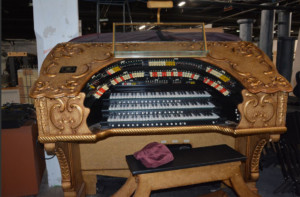 The Page organ (which was built in Lima, Ohio) entered the theatre in 1928, when the theatre opened. It was used to accompany silent films and play for intermissions until sound films came into vogue. There were only a handful of this particular model, and few exist today. Page went out of business around 1934; they built just over 100 organs for use in movie theatres, and about the same number in churches in an area that basically included just the contiguous states, with rare exception. The organ was purchased from the theater around 1960 or 61, and was eventually installed in two consecutive residences owned by the same organ buff. In the mid-1990s, he was approached by the theatre to donate the organ back. By this time, he was in his 90s and in ill health, and agreed to the request.
The Page organ (which was built in Lima, Ohio) entered the theatre in 1928, when the theatre opened. It was used to accompany silent films and play for intermissions until sound films came into vogue. There were only a handful of this particular model, and few exist today. Page went out of business around 1934; they built just over 100 organs for use in movie theatres, and about the same number in churches in an area that basically included just the contiguous states, with rare exception. The organ was purchased from the theater around 1960 or 61, and was eventually installed in two consecutive residences owned by the same organ buff. In the mid-1990s, he was approached by the theatre to donate the organ back. By this time, he was in his 90s and in ill health, and agreed to the request.
On October 11, 2003, The State Theatre celebrated its 75th anniversary, with a performance by Michael Bolton.
Jun 10, 2020 – tragedy strikes this historic building — A severe thunderstorm obliterated downtown Sandusky’s most iconic building. At about 6:45 p.m. Wednesday, strong winds swept through the area, striking the Sandusky State Theatre and destroying its structural back portion abutting against Water Street. Bricks and other building material rained down and piled high atop Water Street. The Theatre board vows to rebuild as donations start coming in.

The State Theater is a key contributor to Sandusky’s downtown redevelopment and the quality of life for the area, offering a variety of concerts and other musical productions, plays, dance, lectures and even the occasional motion picture. It is the heir to the Ohio Theater, Biemiller’s Opera House, and other entertainment venues of Sandusky’s past.

